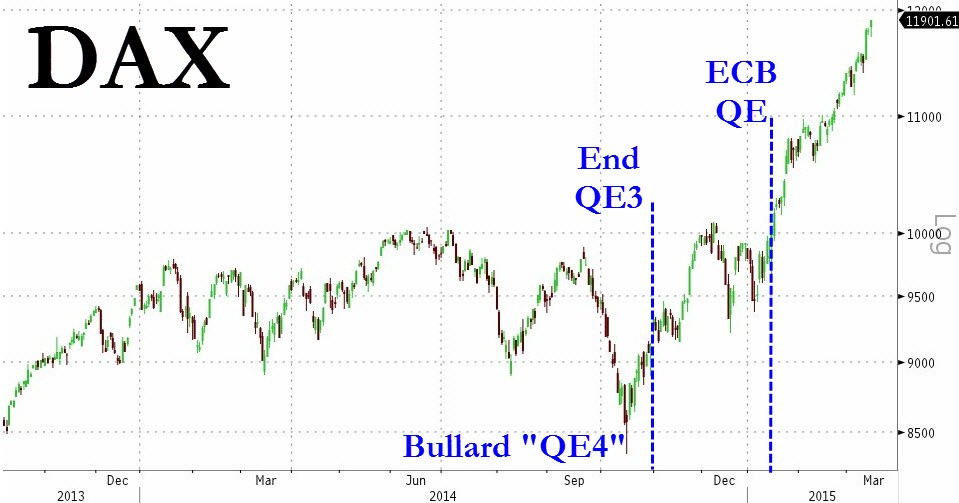Government Bonds No Longer a World Without Risk
Post on: 26 Май, 2015 No Comment

Tags
Government Bonds: No Longer a World Without Risk
Posted on March 24, 2011 by iMFdirect
The risk free nature of government bonds, one of the cornerstones of the global financial system, has come into question as the global crisis unfolds.
One thing is now very clear: government bonds are no longer the risk-free assets they once were. This carries far reaching implications for policymakers, central bankers, debt managers, and how the demand and supply sides of government bond markets function.
After a recent IMF conference on a new approach to government risk, I’d like to highlight three key aspects:
- In a world without a risk free rate , the health of the financial sector and the government are closely interconnected. We need to better understand the linkages between sovereign and financial risks, and conduct a thorough analysis of the channels of cross-border spillovers. Policies to help manage sovereign risk will have a positive impact on financial stability, and measures to stabilize the banking sector will have a favorable impact on sovereign balance sheets.
- Countries with large potential liabilities from their banking sectors need to identify, assess, monitor, and report related risks closely. The impact of these contingent liabilities on the government’s financial position, including its overall liquidity, needs to be assessed when making borrowing decisions.

- The risks involved call for stronger emphasis on stress tests. There is anecdotal evidence that some debt managers are complementing existing analytical approaches with a greater focus on stress scenarios, including extreme financing shocks. Policymakers could take the extra step and contemplate the role for a joint stress test for systemically important financial institutions and sovereigns. The outcomes of such stress tests could help inform crisis preparedness, debt strategies, as well as financial supervision and regulation.
Implications for supply and demand
These views are the result of some recent profound changes in the way government bond markets operate.
On the demand side of the market. dealers and investors no longer treat these bonds as purely interest rate products. Far from it, government bonds have assumed characteristics typical of credit products, for which prices mainly provide measures of borrowers’ probabilities of default. Many are not as liquid as before and their investor base is not as diversified as it used to be. During phases of risk aversion, they do not benefit from flight to quality flows. On the contrary, they correlate with risky assets.
Credit rating downgrades play a procyclical role and can exacerbate these adverse dynamics. Central bankers generally accept government bonds as collateral in refinancing operations, but, below certain thresholds, lower ratings could trigger sizeable haircuts, in other words, revaluing the bonds substantially below their market value.
Regulators could also assign them a non-zero risk weight under the standardized approach and suddenly these bonds are not risk-free rates any longer. And even if bonds such as United States Treasuries and German Bunds have retained most of their risk-free characteristics, the once solid dividing line between interest rate and credit products has become blurred.
In the long run, such changes can profoundly affect investors’ choices. One example of these changes is that more capital may flow towards emerging markets. These economies have been able to absorb the recent inflows, but the increase in corporate and financial leverage, rising asset prices, and building inflationary pressures may soon translate into growing imbalances and open the door to a new set of challenges to financial stability.
On the supply side of the market. debt managers in advanced economies have started behaving a bit like their emerging market colleagues. Given the increased exposure to economic and financial risks, they have started placing stronger emphasis on risk mitigation strategies. well beyond what traditional debt management objectives would indicate.
Confronted with the usual trade-off between being predictable or flexible, most of them have erred on the side of flexibility. While retaining an open dialogue with financial markets, they realize that annual programs have to offer sufficient flexibility to cope with the challenges of issuing and managing larger amounts of debt. Finally, debt managers are putting a high premium on proactive and timely communication as well as on understanding the evolving nature of the investor base. These are precisely the elements that were outlined in the ‘Stockholm Principles’ IMF facilitated with the debt managers in September 2010.
The global crisis is sending many of us back to the drawing board to take a fresh look at old assumptions and long cherished principles, and the risk free nature of government bonds is no exception.














